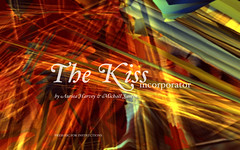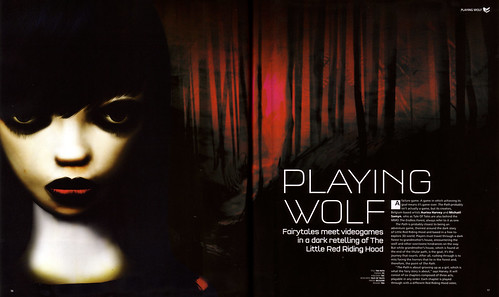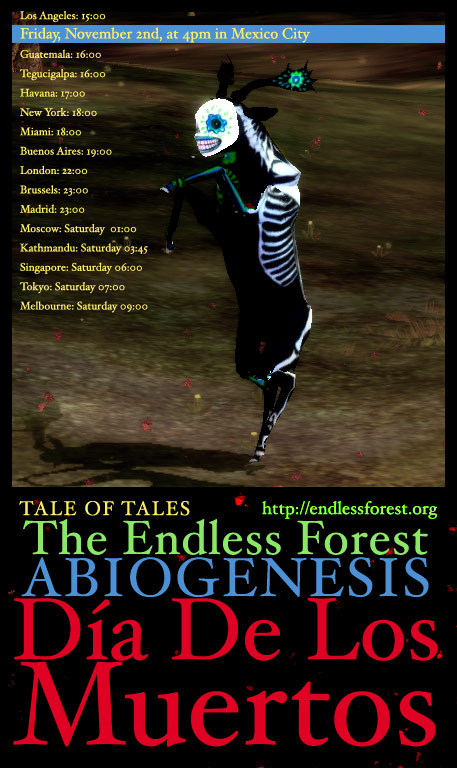Reading through the avalanches of comments on the inappropriate appropriation of Jeff Minter’s recent Livejournal posts by video games news sites, makes me realize the extent of the immaturity of games as a medium and a culture.
Mr Minter made a personal statement in his journal about how he is saddened by the fact that remakes of old games sell better than new original games, based on sales figures he got from XBox Live Arcade; where his own Space Giraffe game is competing for some measly Dollars with age-old classics like Frogger. In any other subculture, the audience would sympathise with the underdog. Not so in the games industry. Most of the comments advise Mr Minter to “stop whining” and “make a good game instead”. The latter really bugs me.
I may not personally like Space Giraffe as a game any better than Frogger (I don’t know that because I don’t own an XBox). But does that mean it’s a bad game?
Gamers, in general, and often hand-in-hand with the games press, seem to think that there is an objective standard for games to be judged by. That there’s good games and bad games. And more importantly, that everybody better agree on what constitutes a good game. Because if you don’t, then you’re an idiot, a moron, somebody who knows nothing about games, etcetera.
Hey, I may have been guilty of this myself on occasion.
But it’s horrible, isn’t it?
Whatever happened to personal taste? Why can we not simply like or dislike a game? Instead calling it good or bad? And how about different people liking and disliking different types of games? That they don’t like to play a certain game, does not mean that they are illiterate idiots, does it? And even if they are not very knowledgable about games, don’t they still have the right to like or dislike a particular game?
I may like or dislike Space Giraffe as a game. But I have no end of admiration for what Jeff Minter is doing: to make a game from his own personal vision, to experiment with game structures and aesthetics, to make something that did not exist before! I wish that the games industry would be more supportive of that. If only because it is thanks to the work of people like Mr Minter that the medium grows and the industry expands.
Or is that exactly what those commenters are afraid of?
I don’t think we can do much about the trolls who comment to blogs. But we can support this work on a higher level. Microsoft, for a start, should realize that games like Space Giraffe require special attention. They need to create a custom-made marketing campaign that prepares the consumer for what the game is really like. And they probably need to create a special channel on their service for games like this. So that it doesn’t seem like they’re competing with games that fall in a completely different category. Next, the press should try to educate the audience about this. Instead of circling around people’s personal online journals like vultures waiting for a juicy bit to rise to the surface. Surely journalists have the experience and know-how to realize the importance of exploration and experimentation in the games industry. They should support this practice as much as they can!
I hope, in the future, releasing a game does not feel so much like taking an exam. As developers, we are interested in hearing people’s opinions. But they are only useful when we know where they are coming from. And nobody has the right to “grade” our work. Games are not right or wrong. Games are liked or disliked. By people. Different kinds of people like different kinds of things. There’s nothing wrong with that.
And game developers are only human. They don’t owe gamers a “good game”… Developers owe it to themselves to follow their vision and make games with love and care.










